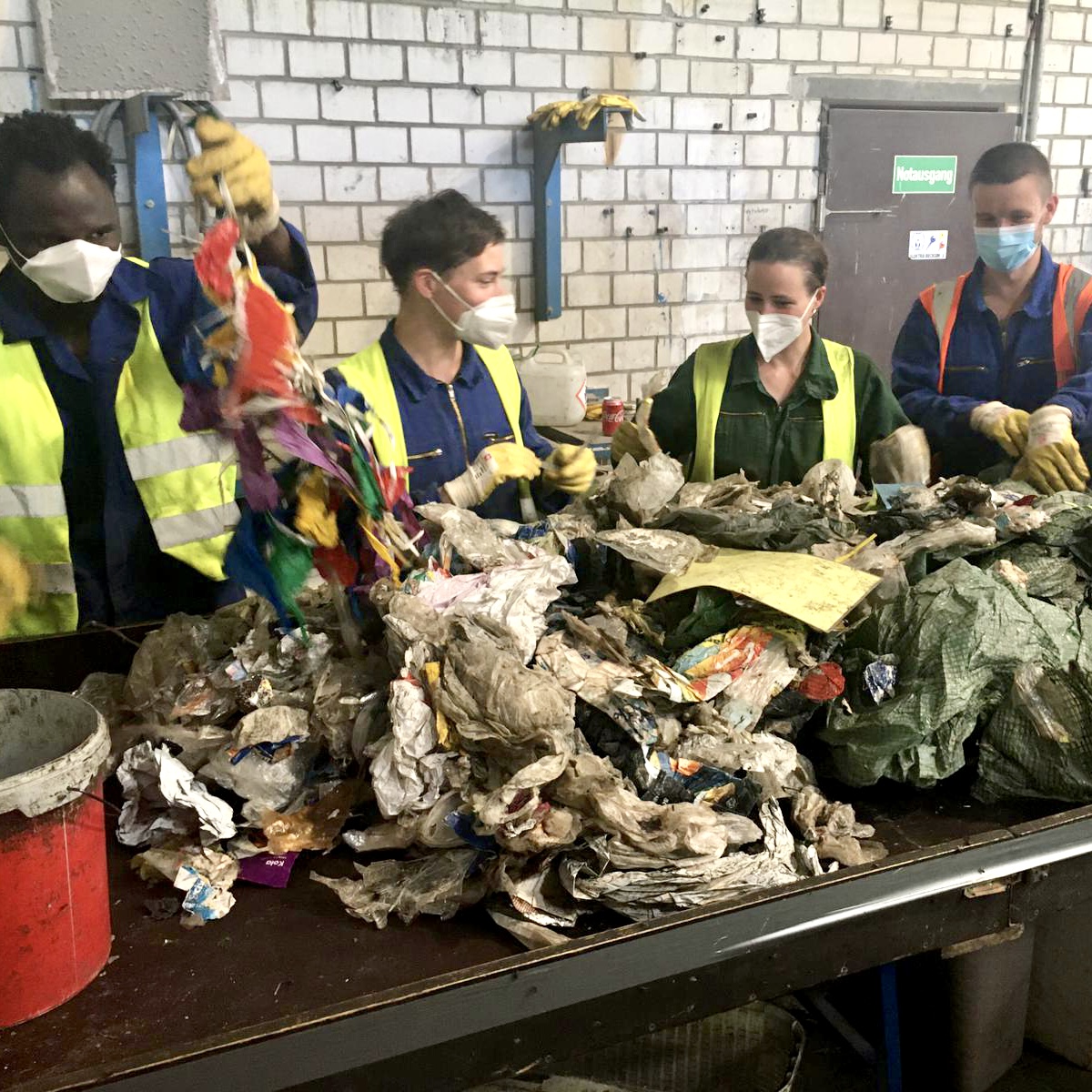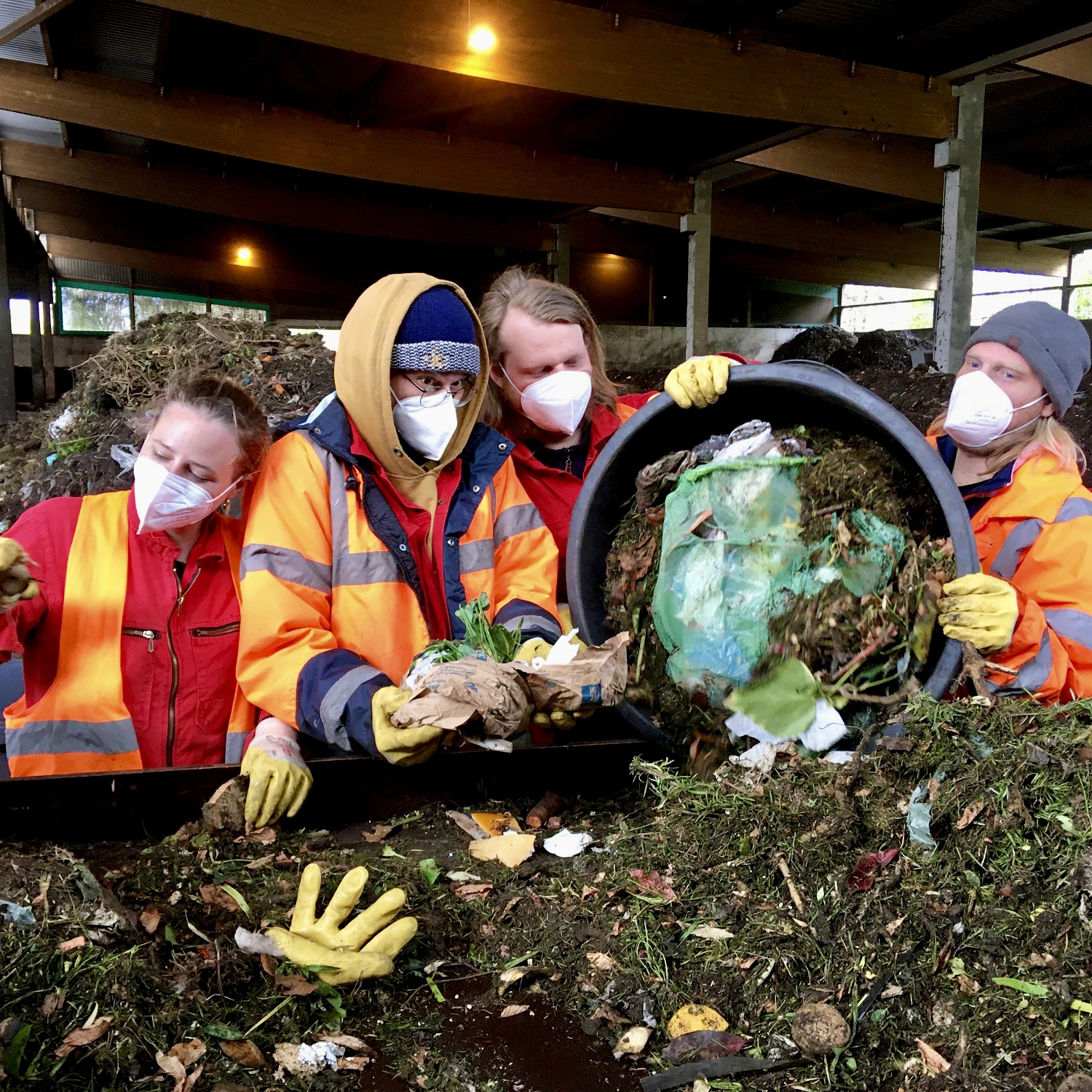Sorting Analyses
The scope of the analysis is individually adjusted and adapted to your requirements, depending on its objective.
Thanks to our many years of experience in sorting and quality analyses on a wide variety of different matters, we have a great depth of expertise in carrying out and evaluating these analyses. In our work, we attach great importance to the safety and occupational health of our trained sorting team.
The composition of waste streams is essential for planning future waste management measures or checking the success of implemented measures.
We carry out sorting analyses for the following waste fractions in particular:
- Lightweight packaging / non-packaging of similar materials
- Paper, cardboard, carton
- Glass
- Residual waste
- Organic waste
- Bulky waste
- Commercial Waste
- Waste electrical and electronic equipment
- Used batteries
- Used Textiles
In detail, we determine the potential for recyclable materials in residual waste and impacts of introducing a recycling bin and the expansion of the separate biowaste collection on the quantity structure, material and energy composition of the future waste streams, among other things.
Sorting analyses is crucial for determining the packaging content of PPK and LVP or the collection mixture of the recycling garbage can, as it serves as basis for payment and remuneration agreements between municipality and private companies.
Our Services
- Conceptual and strategic consulting
- Methods for quantity determination
- Territory analysis (regional features, collection tours)
- Data analyses
- Quantity analyses (sorting analyses for input composition)
- Analysis of household waste and separately collected recyclable material quantities by sorting a representative sample quantity into suitable material groups
- Measuring effects of waste management measures such as of
- Composition and quality of waste streams
- Recycling options (e.g. determination of moisture content and calorific values)
- Recycling routes
- Plant utilisation
- Interpretation and evaluation of the analysis results as well as forecasts on costs/revenues and climate impacts (CO2)2)





